car wax
Car wax is a protective coating applied to a vehicle's exterior to enhance its shine and protect the paint.
It acts as a barrier against environmental elements like UV rays, dirt, and water, helping to prevent oxidation and minor scratches.
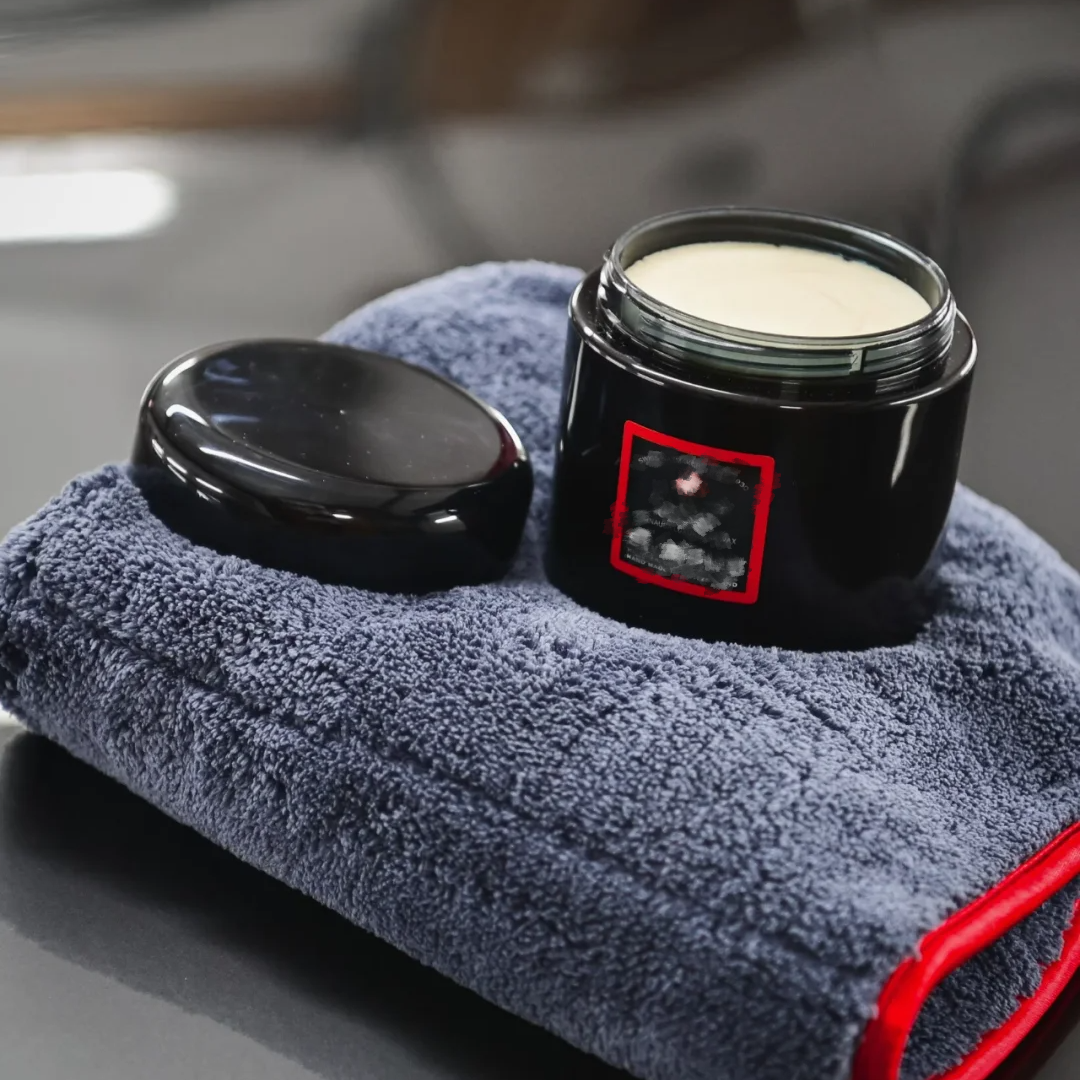
Application Tips:
Preparation: Wash and dry your car thoroughly before applying wax. Consider claying the surface to remove embedded contaminants.
Application: Apply wax in a shaded area to avoid direct sunlight. Use a foam or microfiber applicator, and work in small sections.
Buffing: After the wax dries to a haze, buff it off with a clean microfiber towel to reveal a glossy finish.
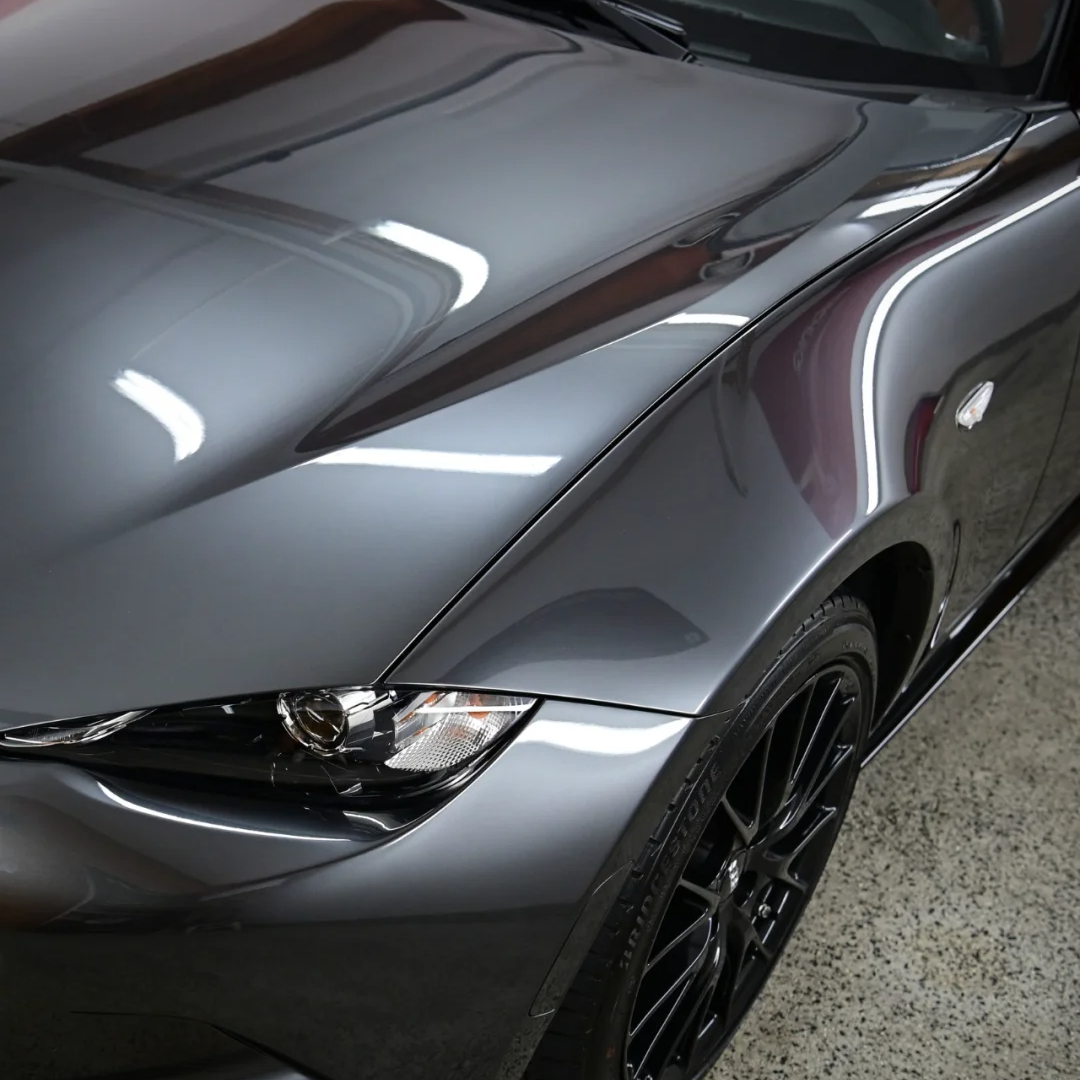
There are several reasons to wax your car before coating it:
Protective car paint:
Waxing can form a protective film on the surface of the car paint to prevent scratching or friction in the process of coating damage to the car paint.
Even if a small tool is used during the coating process, waxing can reduce the friction of the tool against the car paint, thus reducing the occurrence of accidental scratches.
Provide a smooth surface:
Waxing can make the surface of the car paint smoother, which helps to make it easier to operate when applying the film.
The smooth surface helps the film to adhere evenly and avoid bubbles and folds, thereby improving the overall effect and aesthetics of the film.
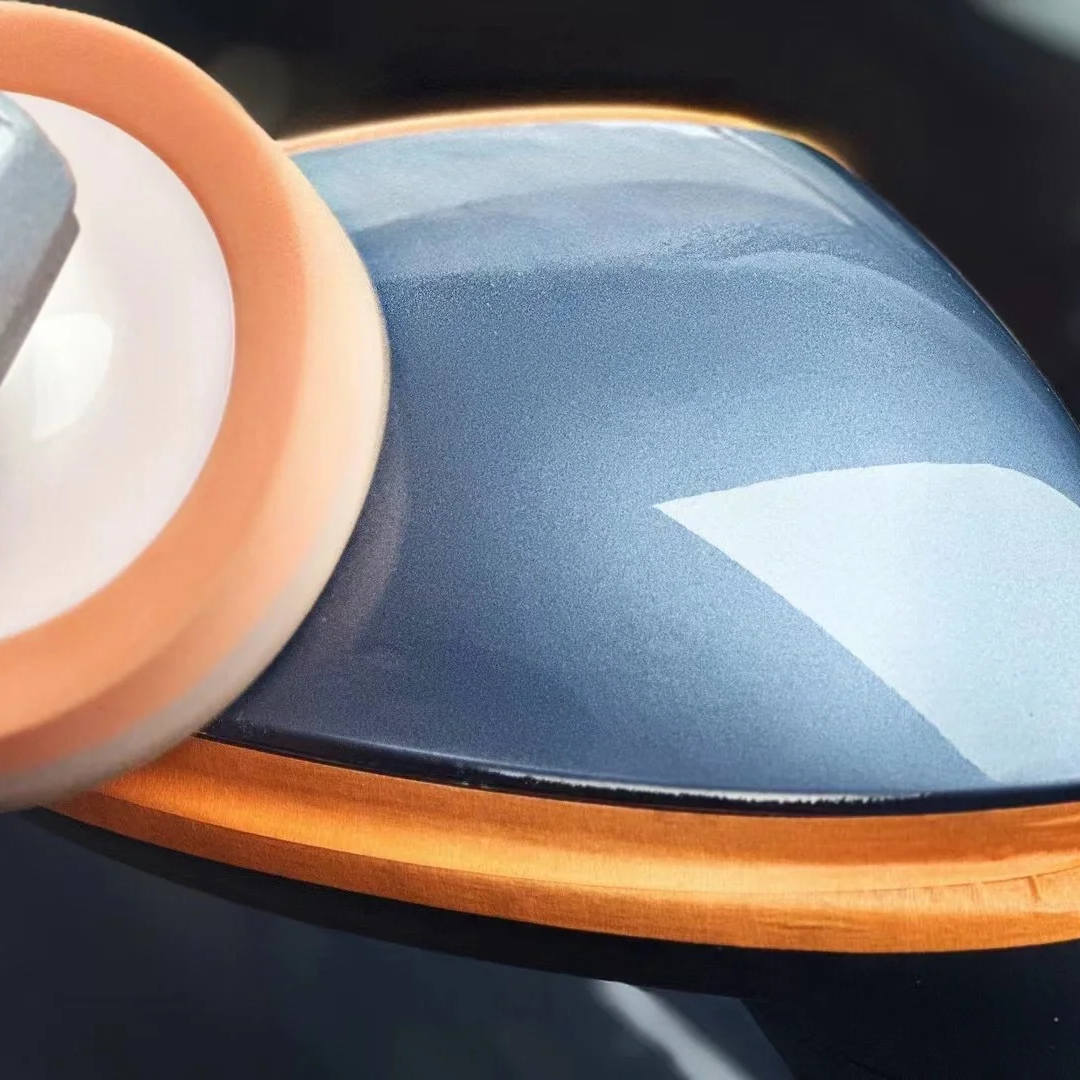
Enhance the adhesion of the film:
Although waxing makes the surface of the car paint smoother, the right amount of wax will not negatively affect the adhesion of the film.
On the contrary, a moderately smooth surface helps the film to be adjusted and positioned more easily during installation, thus reducing the chance of installation errors.
Convenient for subsequent cleaning:
Waxed surfaces are easier to clean and wipe.
During the coating process, if there are traces such as excess glue, dirt or handprints, the waxed surface is easier to clean, reducing the possibility of leaving residual traces.
Protective film installation effect:
Waxing can help ensure that no scratches or other damage occur during the coating process, which is especially important for high-quality coating installations.
Waxing not only protects the paint, but also helps ensure that the film is installed at its best.
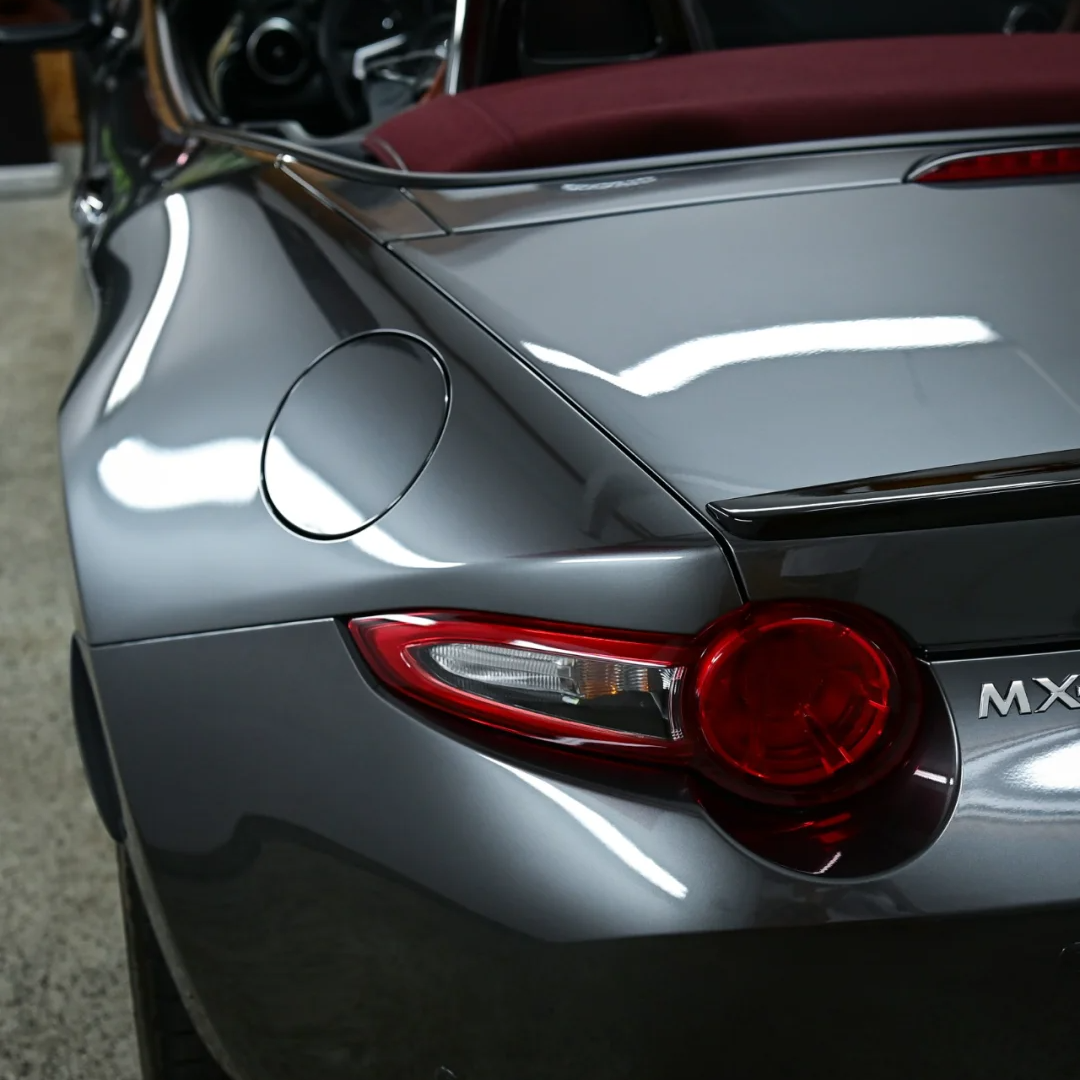
Regular waxing helps maintain your vehicle's appearance and can extend the life of the paint.
How often you should wax depends on the type of wax used, driving conditions, and personal preference,
but typically every 2-4 months is recommended for most waxes.
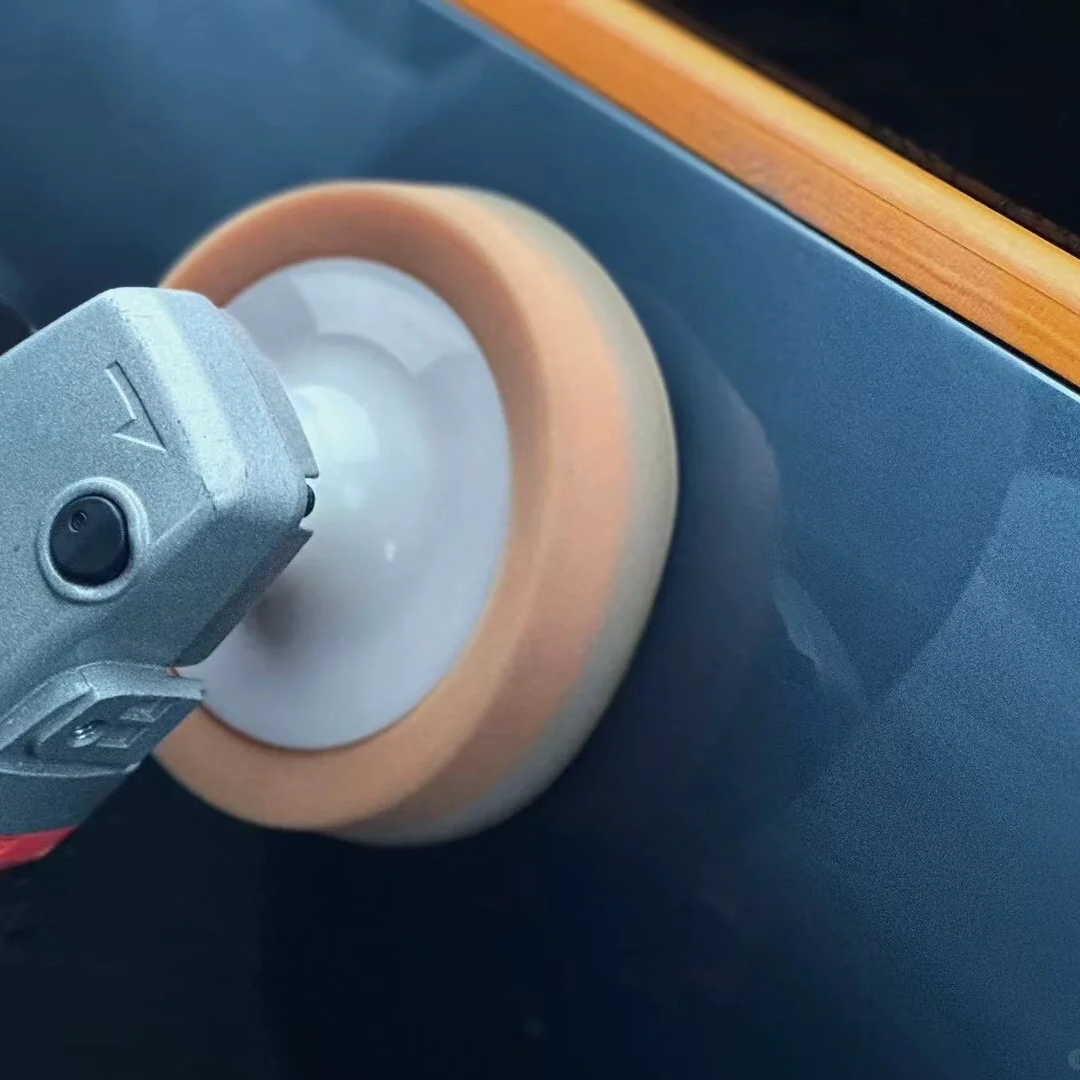
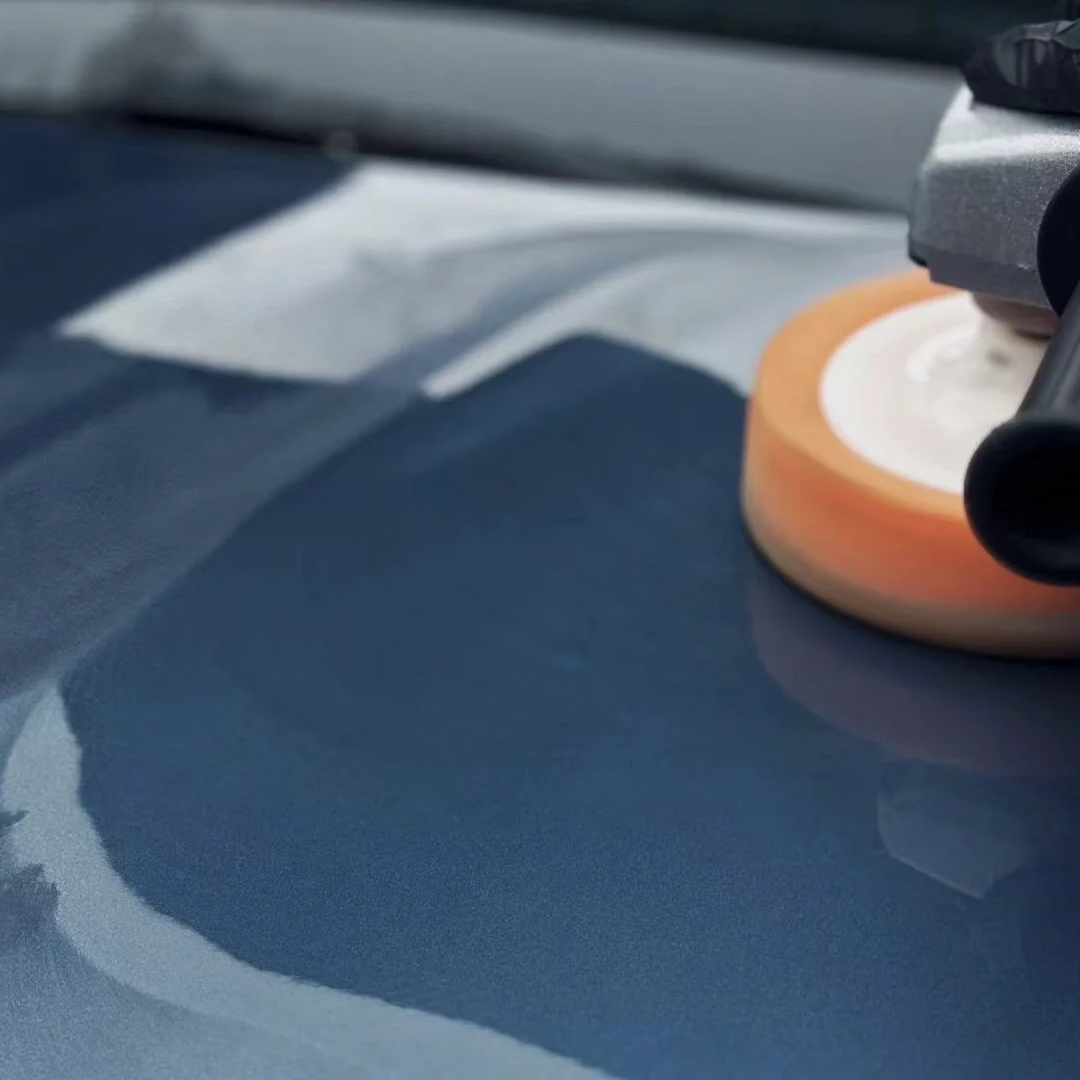
In general, waxing is done to ensure a safer, cleaner, and more manageable surface before applying the film, thereby improving the quality and durability of the film.
Another contact information:
Instagram: @carwraponline
Tiktok: @carwraponline


0 Comments